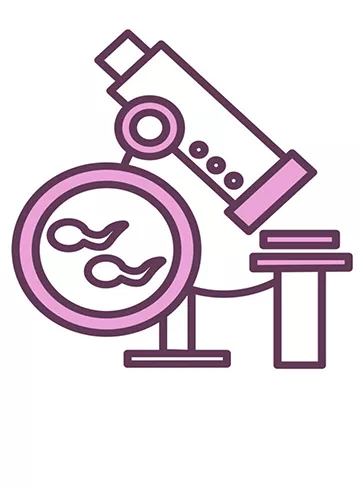Understanding the health of your semen is a crucial step towards achieving your dream of parenthood. Here are some Semen Analysis Test FAQs about semen analysis to help you better understand the process and its significance.
1. What is Semen Analysis?
Semen Analysis is a test that evaluates the health and quality of a man's sperm.
2. Why is Semen Analysis done?
It helps assess male fertility and diagnose potential causes of male infertility.
3. What does it measure?
Semen Analysis Test measures semen volume, sperm count, motility (movement), morphology (shape), and other factors.
4. What is a normal sperm count?
Generally, a concentration of 16 million sperm per millilitre (ml) or more is considered normal.
5. What is Sperm Motility?
Sperm Motility refers to the movement of sperm, with at least 42% showing forward motility considered normal.
6. What is Sperm Morphology?
Sperm Morphology refers to the shape of the sperm, with a certain percentage of normally shaped sperm desired.
7. How long does it take to get results?
Results are typically available within a few hours.
8. Do you need to avoid anything before a Sperm Test?
It is recommended to avoid ejaculation for 2-3 days to get the most accurate sperm count. Also, it is advised to not have abstinence for more than 7 days.
9. How long is Sperm good for analysis?
Ideally, the sample needs to be given near the lab. Semen needs to be kept in the incubator for analysis within 15 min of ejaculation.
10. What container do you use for the sample?
A sterile container will be provided by the clinic or doctor.
Pregnancy Calculator Tools for Confident and Stress-Free Pregnancy Planning
Get quick understanding of your fertility cycle and accordingly make a schedule to track it
Get a free consultation!















